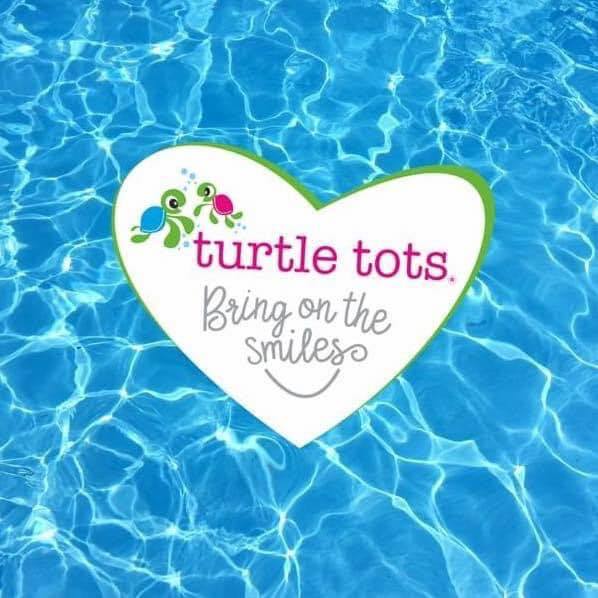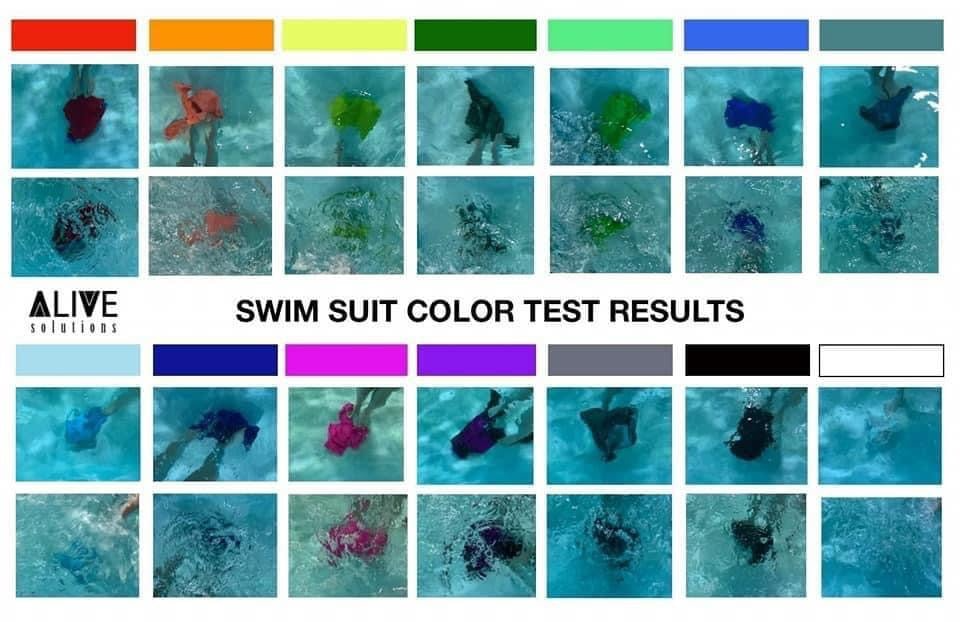Top ten tips for staying safe near the water this summer

Now that summer is in full swing, many of us are looking forward to our family holidays. Perhaps you are even looking to take your little one away for the first time and are planning to spend long days playing on the beach or practicing the moves you have learned at Turtle Tots in the pool.
Having fun swimming and splish-splashing around in the water will leave you with precious memories that will last a lifetime. However, at this time of year particularly, it’s important that we remember how powerful the sea can be, the hazards we face in the pool environment, and the safety precautions we should take when venturing out near the water with our children.
After 12 years of teaching baby and toddler swimming lessons, water safety is still our number one priority here at Turtle Tots. Teaching important life skills and sharing advice with parents of young children is something that we are passionate about and build into our swimming lesson from the very start and throughout our entire programme.
To make sure your holiday experiences are memorable for all the right reasons, we’ve collated our Top Ten Tips for staying safe by the water with children this summer:
- Constant supervision: young children are attracted to the water. Make sure you never leave a child unattended near or in the water. Always keep a close eye on them, even if there is a lifeguard present.
- Check for hazards: When you arrive at the pool or the beach, take the time to check the environment for features or hazards that might catch you, or your little one, of guard. Water depth and flow are obvious ones, but what about step, trip, or even drain holes at the pool, or rocks and rip tides at the beach. Make a mental note and, if your child is old enough to understand, make them aware of any potential dangers too.
- Know the signs: Whether you are at the beach on by the pool, there are signs everywhere. We’ve all seen the poolside posters informing us not to run, not to dive in at certain depths, or not to indulge in heavy petting . But how many of us are confident with the flag system on the beach, especially when what they mean can vary in different countries. Take the time to seek them out, refresh your knowledge, show them to your child and talk through what they all mean.
- Teach and enforce the rules: Once you have spent some time showing your child the signs, make sure you follow the rules consistently. The rules are there to keep everyone safe. So, whether it’s not to run by the pool, to ask permission before entering the pool, not to dive in shallow water, or to swim in the designated area on the beach, make sure your child knows the rules and understands the potential consequences of not sticking to them.
- Know your floats: For non-swimmers or young children who are still building their confidence in the water, age and size appropriate floatation devices like life jackets or swim fins can be very useful. However, even if your child is wearing a floatation device, they should always remain supervised in the water. If you are on the beach, do not use inflatable dinghies, lilos, or even flamingos in open water.
- Look up: We all wish for sun when holidaying by the pool or beach. However, it’s important to remember the impact even just a little bit of sun exposure can have on your child skin. Make sure you protect your child from harmful UV rays by applying sunscreen liberally before you head to the pool or beach and then top up regularly during the day. Use a waterproof sunscreen with a high SPF and UV rating, and make sure you cover up completely as often as possible and especially during the hottest part of the day.
- Stand out from the crowd: There are so many lovely swimming costume available for little ones but when it comes to purchasing, visibility is not often a priority when making a purchase. Pick an outfit for your child that is bright and colourful and that will help you always see them at the beach, by the pool and even when they are in the water. See the helpful chart below for ideas.
- Be a role model: When children are little, their parents are their world. Therefore, if you demonstrate responsible behaviour around water, it will set a good example for your children. Follow all safety rules yourself, wear appropriate safety gear, and exhibit good swimming habits and your children will follow.
- Teach Basic Swimming Skills: We may be a little bias, but teaching your children some basic swimming skills and water safety techniques will help them to develop a respect for the water and an understanding of the hazards they may face when in a pool or beach environment. Whether it’s with Turtle Tots or any other swim school, make sure your child’s swimming lessons are taught by a qualified instructor teaching age-appropriate skills to help them become comfortable and proficient in the water.
- Give it a break: Playing in the pool or on the beach can be very tiring for young children. Make sure you factor in time away from the water, resting or playing games in the shade or even taking a siesta! Be prepared for shorter trips to the beach or pool at first and slowly increase time in the water little by little as your child grows.
We hope you enjoyed reading our Top Ten water safety tips for families. For more advice on staying safe in or near the water this summer visit https://www.rlss.org.uk/pages/category/water-safety-information

Share this post